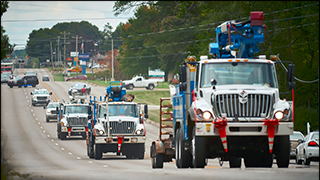Issues & Policy
The Steps To The Power Restoration Process
Every electric company has a detailed plan for restoring power after storms. Typically, one of the first steps is to make sure that power is no longer flowing through downed lines. Restoration then proceeds based on established priorities. Below are the steps to restore power after a storm. Learn More.
Step 1


Step 2
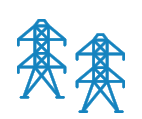

Step 3
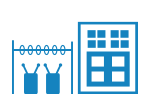

Step 4


Step 5


Step 6


Step 1

Power Plants

Power Plants
Power plants, the primary source of power production, are assessed for damage and restored.
Step 2

Transmission Lines

Transmission Lines
High-voltage transmission lines serving thousands of customers over wide areas are repaired.
Step 3

Substations

Substations
Substations are brought online in order for power to reach local distribution lines.
Step 4

Essential Services

Essential Services
Power is restored to essential services and facilities critical to public health and safety such as hospitals, nursing homes, fire and police departments, and water systems.
Step 5

Large Service Areas

Large Service Areas
Crews are dispatched to repair lines that will return service to the largest number of customers in the least amount of time. Service lines to neighborhoods, industries, and businesses are restored systematically.
Step 6

Individual Homes

Individual Homes
Once major repairs are completed, service lines to individual homes and smaller groups of customers are restored. Some customers may not be able to receive power to their homes because of damage. Flooding can damage electrical systems, and inspections by a licensed electrician may be required before a home can receive power. Customers should never touch damaged equipment.
 ;
;
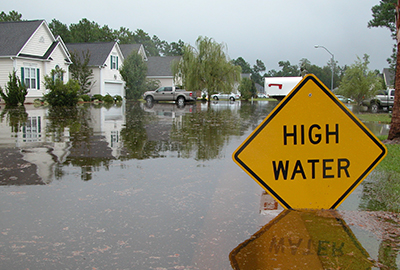 ;
;
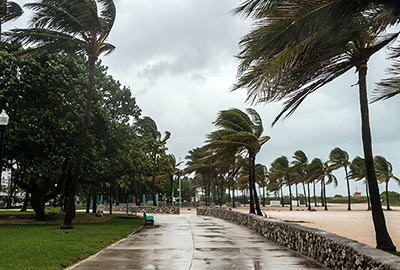 ;
;
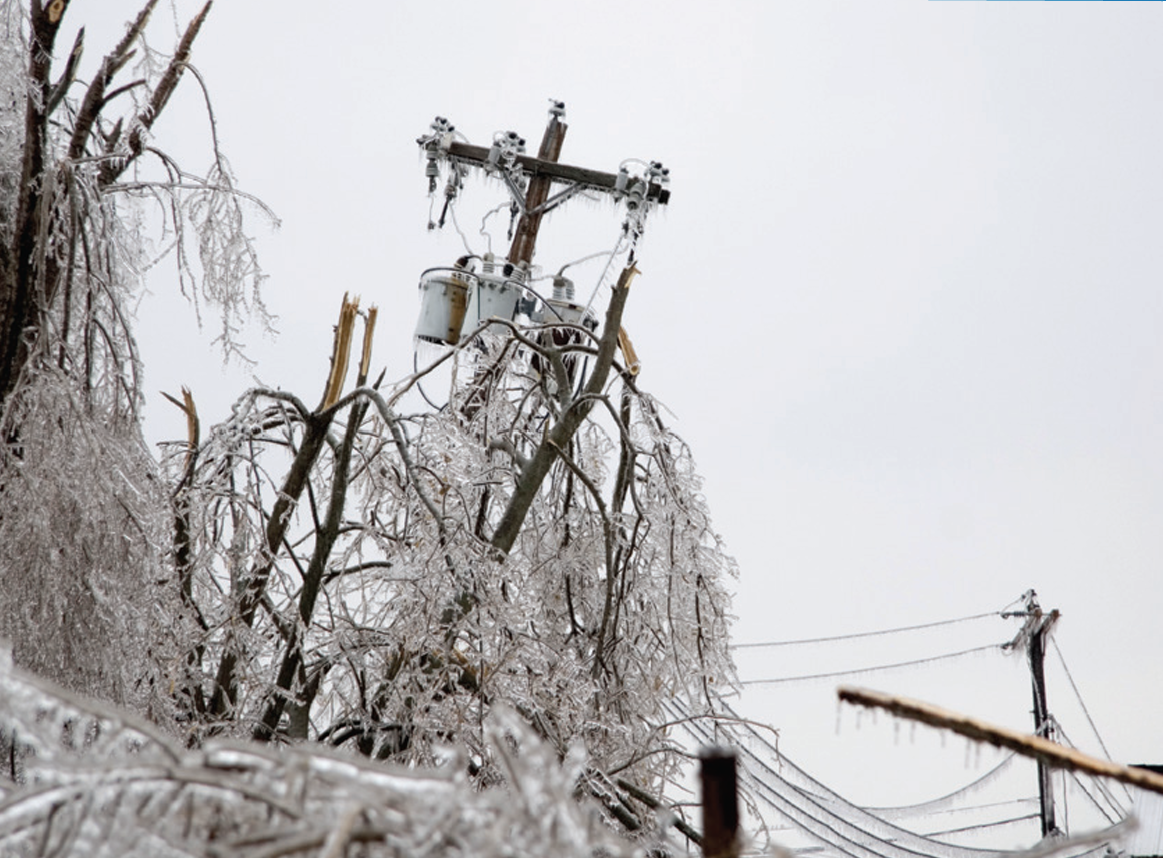 ;
;
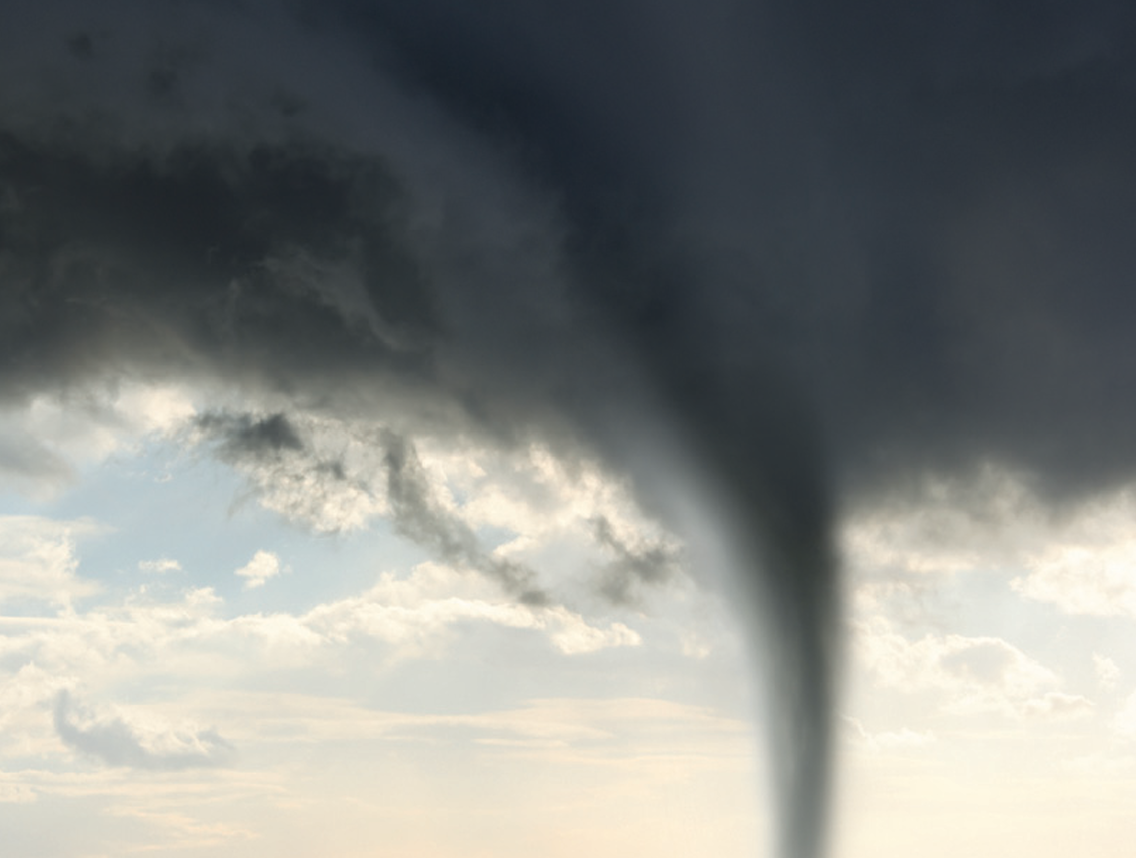 ;
;
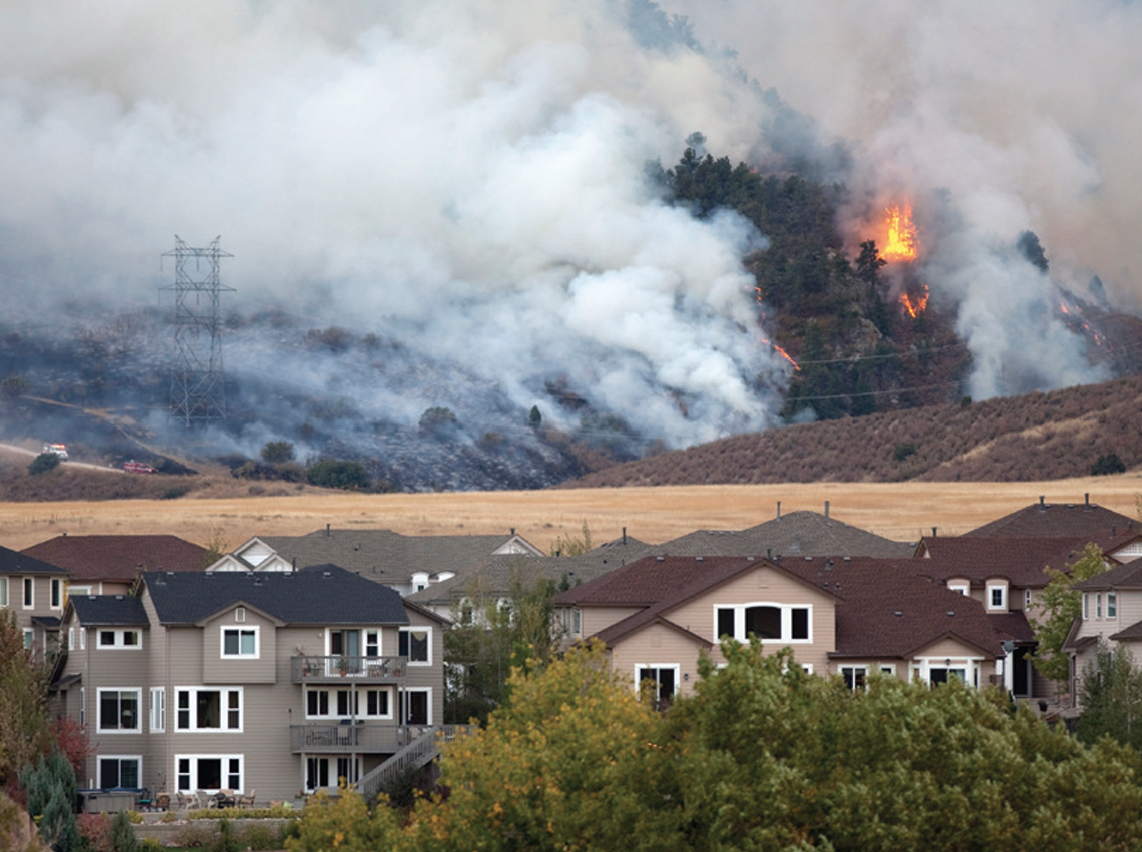 ;
;
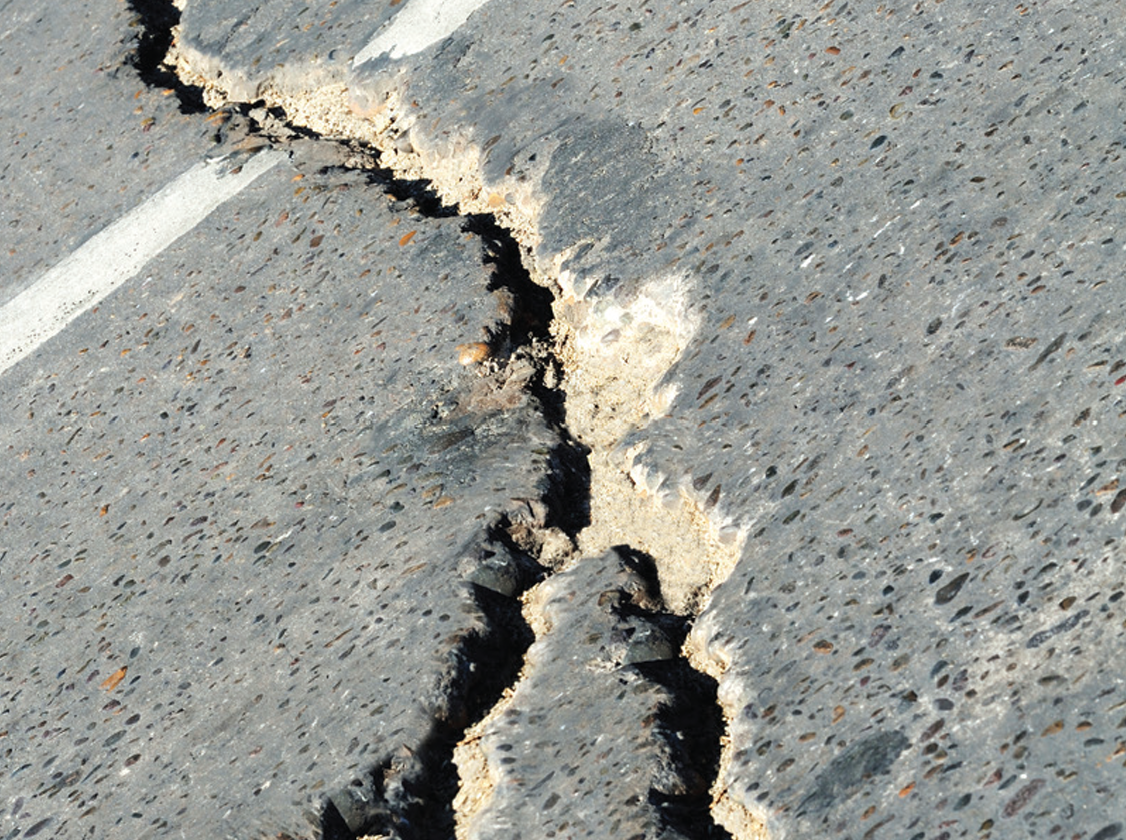 ;
;
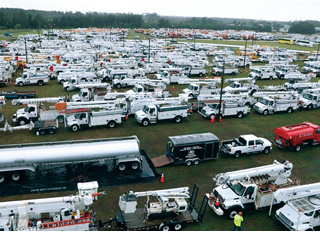 ;
;
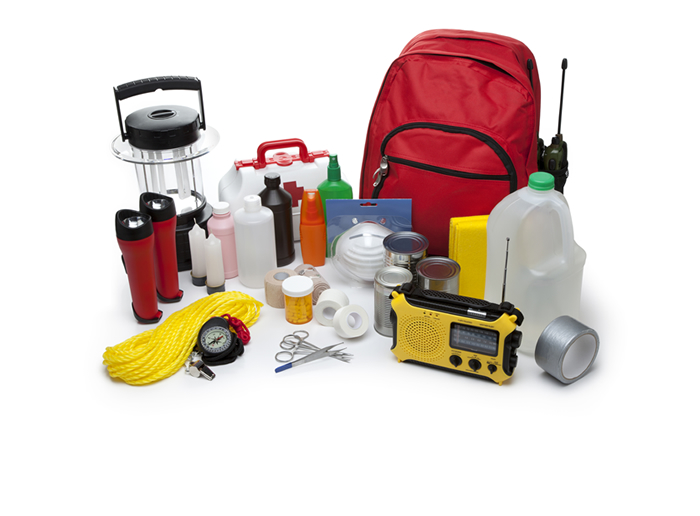 ;
;
